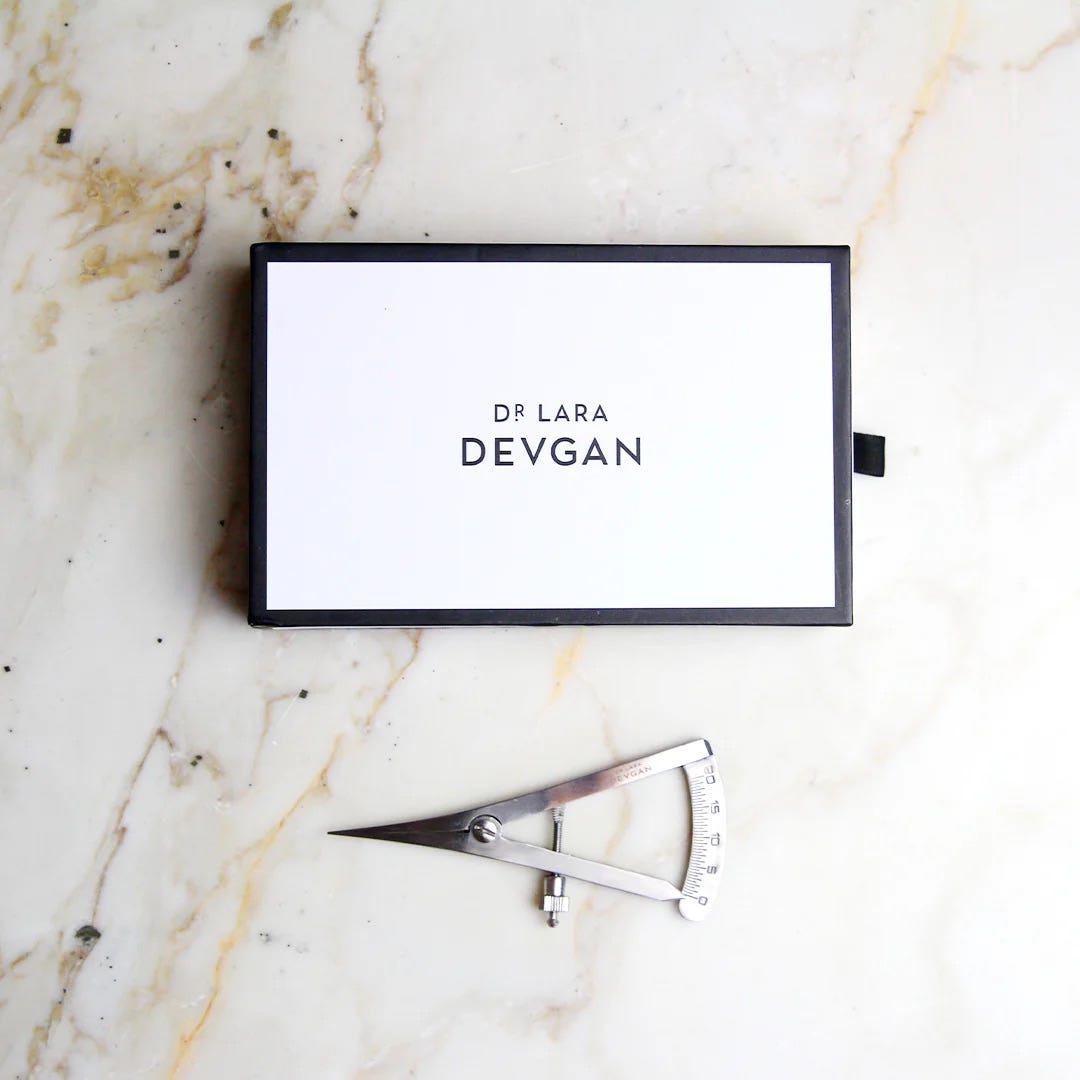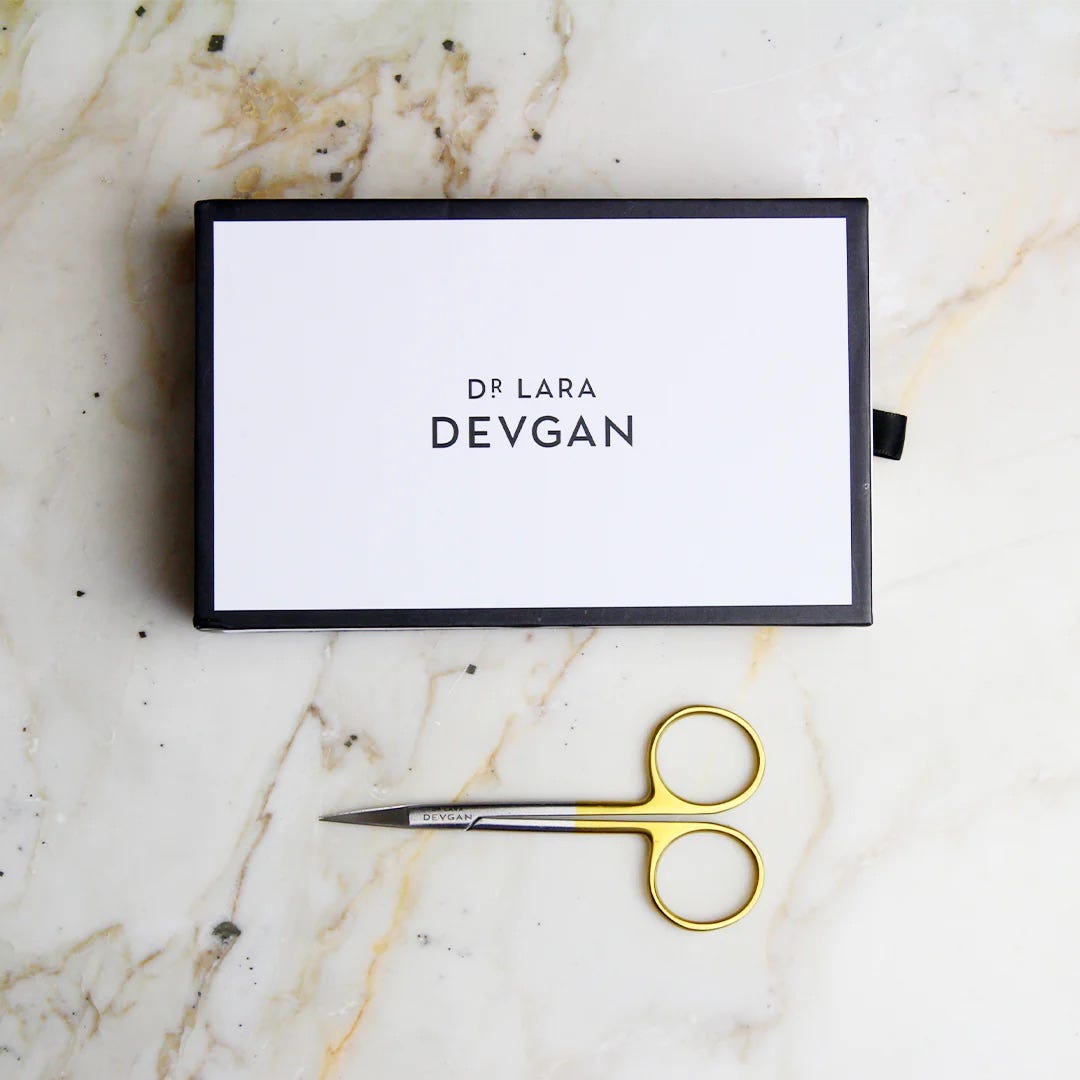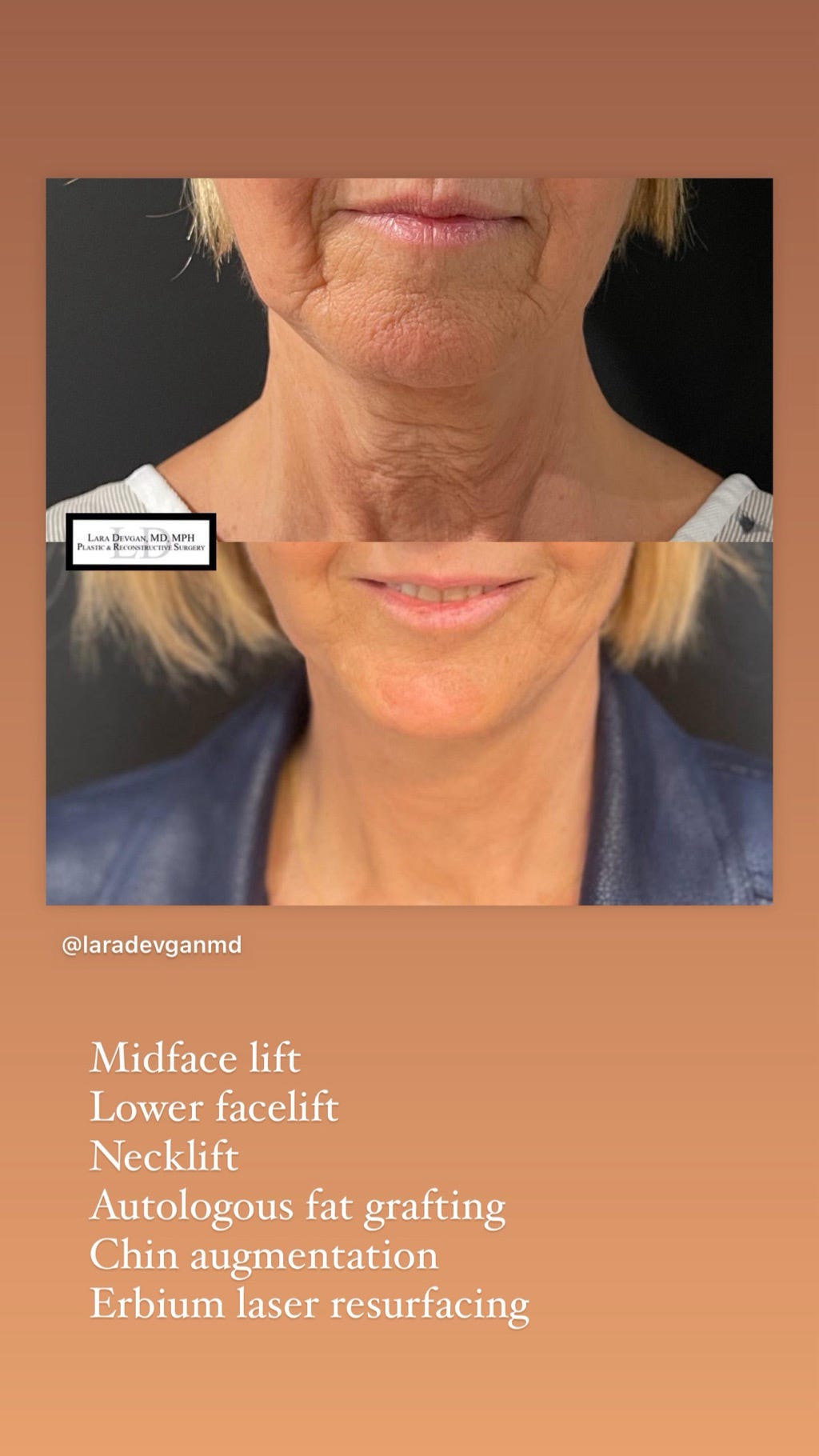Does One Size Fit All?
Surgical instruments are sized for male hands. How does this effect the growing pool of female surgeons?
Since the beginning of my surgical career - like all women surgeons – I have been working with surgical instruments that are far too large for my hands. Instruments were prototyped decades ago by male surgeons, designed for male hands, and bearing the names of men. I am thrilled to announce one of the most important projects I have ever worked on: my own best in class stainless steel super cutdissection scissors and precision surgical measurement calipers specifically designed by a woman surgeon, sized appropriately for more petite hands, bearing the name of a woman surgeon.
Every day in the operating room and in operating rooms around the world, surgeons call out the names of men when asking for instruments: Debakey, Gorney, Desmarres, Bookwalkter, Stevens, the list goes on. To be sure, these men were brilliant forefathers of surgery who paved the way for generations of younger surgeons to stand on their shoulders. And surgery is the ultimate meritocracy, where your physical trappings truly have no bearing on your technical skills in the operating room. (If they did, I’m sure that I, a young petite woman, would not have made it in the ultra competitive world of Park Avenue plastic surgery.)
This is just one of many examples of structural inequity in the world of female surgeons: inhabiting a world where the basic tools are inadequate for us to perform our jobs, one in which we must custom order finer instruments at a greater cost (a surgical pink tax) in order to do excellent work.
I hope to make the operating room a more a place where the next generation of surgeons can feel comfortable doing excellent, precise, and beautiful work with high quality instruments, regardless of the physical trappings of their body. Glass ceilings don’t just exist in classrooms, board rooms, and courtrooms – they exist in operating rooms too.
The Dr. Devgan Surgical Instruments
Fine instruments allow for meticulous results
Read my academic review article about the scope of this problem: “Does One Size Fit All? Gender Equity and the Impact of Surgical Instrument Size onFemale Surgeons: A Systematic Review” on ResearchGate.
The full paper is at the link above, but here is the abstract:
Background: The increasing number of women in surgery highlights the need to address gender-specific ergonomic challenges. Despite women making up 36% of the physician workforce, surgical instruments are often standardized for larger, male hand sizes, leading to significant ergonomic issues for female surgeons. These mismatches contribute to higher rates of musculoskeletal disorders (MSDs) and decreased surgical performance.
Objective: This review aims to identify structural biases in surgical instrument design that disadvantage surgeons with smaller hands, particularly women, and to recommend strategies for ergonomic improvements.
Methods: A systematic search was conducted in PubMed and Cochrane Library. Studiesexamining the ergonomic impact of surgical instrument size on female surgeons were included. Data were extracted and assessed using the Cochrane risk of bias tool.
Results: Key findings indicate that female surgeons experience higher rates of ergonomic strainand injury due to instrument size mismatches. Studies showed that 70-85% of female surgeonsreported discomfort and difficulty with standard instruments. Ergonomic redesigns and tailored training significantly reduced these issues.
Discussion: Addressing ergonomic challenges requires comprehensive assessments, increased awareness, manufacturer collaboration, and inclusive culture. Stocking a range of instrument sizes and considering the unique advantages of smaller hand sizes in surgical precision can enhance outcomes.Conclusion: Persistent ergonomic mismatches in surgical instruments continue to disadvantage female surgeons, underscoring the need for systemic changes to support ergonomic equity and optimize surgical performance and patient care.
Watch me take Business Insider on a tour of the most important instruments I use in my operating room. This is the pilot episode of the series Expert Toolbox.




